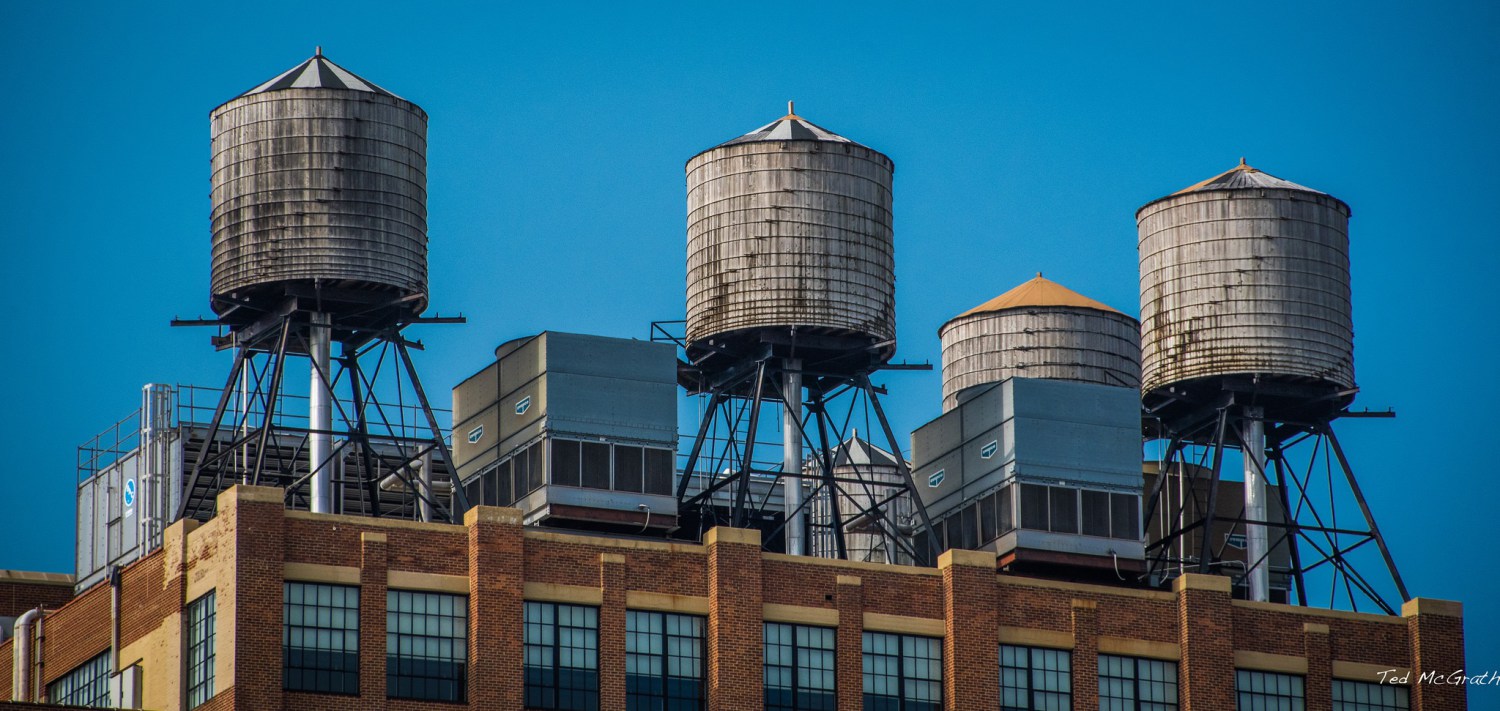
Courtesy NYC.Gov
3 Dead, 24 Hospitalized in NYC Legionnaires’ Cluster
MOHAMED FARGHALY
mfarghaly@queensledger.com
A recent cluster of Legionnaires’ disease cases in Central Harlem has raised alarm in New York City as the Department of Health reports 81 infections, including 24 hospitalizations and three deaths, over the past two weeks. The outbreak has prompted plans to increase enforcement, penalties, and reporting requirements for building water systems suspected to be sources of infection.
Dr. Andrew Fleming, chief of infectious diseases and hospital epidemiologist at NYU Langone Health spoke extensively about the disease, emphasizing the need for awareness and preventive measures amid the ongoing outbreak.
“As an infectious disease doctor, I see all sorts of patients with a variety of infections, including Legionnaires’ disease,” said Fleming. “It’s a subspecialty, I completed my training about three or four years ago, and I’ve been the hospital epidemiologist here for the last year and a half or so, and that involves investigating, outbreaks and performing preventive measures to reduce infections in the hospital.”

Courtesy Legionnaires Disease News
What is Legionnaires’ Disease?
Legionnaires’ disease is caused by the bacteria Legionella, which naturally inhabits water sources including rivers, lakes, and coastal seawater. The bacteria also thrive in man-made water systems. “We all are exposed to Legionella bacteria in small amounts all the time,” Fleming explained. However, only certain species typically cause human infection.
“The disease usually occurs when the Legionella bacteria in a water source become aerosolized — turned into a vapor — that people inadvertently breathe in,” he said. This aerosolization can happen through cooling towers, air conditioning systems, and water fountains.
Legionella bacteria can cause two types of illness: the more serious Legionnaires’ disease, which results in pneumonia, and a milder, self-limiting flu-like illness called Pontiac fever.
Fleming stressed the populations most at risk for serious infection: “People with compromised immune systems, those on immunosuppressive medications, older adults especially over 50, smokers, and individuals with pre-existing lung conditions are at increased risk.”
Why Now? Why Harlem?
Legionnaires’ outbreaks are more common in the summer months when water temperatures exceed 75 degrees Fahrenheit, conditions favorable for bacterial growth. Additionally, increased use of air conditioning and cooling towers during hot weather creates opportunities for bacteria to spread.
“Cooling towers circulate water and release hot water vapor that can contain Legionella,” Fleming said. “There is actually a requirement in New York State for all conditioning water towers to be registered, and they are supposed to be treated yearly with with chlorine to reduce that risk of bacteria growth at least above a certain level. And so there’s lots of water towers around or cooling towers around the city. And if you’re not up to date on on your maintenance, that could be a potential risk. So in the summertime, we tend to think of those as major risk factors in New York City.
The current outbreak is localized to five zip codes in Central Harlem, complicating efforts to identify the exact source. “Water vapor from these cooling towers can actually distribute over quite a large area,’ Fleming said. “It can be difficult to pinpoint exactly which cooling tower is the source. As of right now. I think the most you know critical thing for people to be aware of is that it does seem to be localized in one geographic area, in Central Harlem.”
Severity and Public Health Response
With three deaths confirmed and numerous hospitalizations, the outbreak is serious. The city’s Department of Health is “working very diligently to limit the scope” of the outbreak, Fleming said, though the exact source has not yet been identified.
The Health Department plans to intensify oversight of water systems linked to the spread of Legionella, imposing stricter enforcement and penalties to ensure compliance.
Symptoms and When to Seek Care
Legionnaires’ disease often begins like a common flu: fever, body aches, fatigue. However, if symptoms persist beyond two days, or if a person develops cough, headaches, diarrhea, or shortness of breath, medical attention should be sought promptly.
Myths and Misconceptions
Fleming highlighted a key misconception: “This is not a contagious infection. There is no person-to-person transmission. It’s not like COVID-19.” The risk comes exclusively from environmental exposure to contaminated water vapor. “So you cant get it from your neighbor or your roommate, but obviously those who are in an affected geographic area can have the same environmental risk factor if they are living near an infected cooling tower. So you still need to be aware of those and know that you know it is out there, and especially if you’re living in this area, know the symptoms to be on the lookout for, so that you can get started on treatment soon.”
Advice for Building Owners and Residents
Building managers and landlords are urged to ensure their cooling towers are tested and disinfected yearly as required, and to file the proper reports with the Department of Health.
“But obviously, there’s a lot of cooling towers, and the Department of Health only has so much capacity,” Fleming said. “So, a lot of this, you know, unfortunately, is the responsibility of the individual proprietors and owners of these cooling towers to to be aware of the regulations and make sure that they’re up to date.
Outlook
Fleming is optimistic that the outbreak will be controlled soon. “The fact that all of the cases so far seem to be localized in one specific geographic area, you know, I would say for the general public who don’t live in that geographic area, I don’t think there’s any cause for, you know, concern or alarm, it’s not going to spread to their area, and as long as the Department of Health continues their investigation, I expect the outbreak in Central Harlem should be under control soon,” he said.
For residents outside the affected area, Fleming advises no cause for alarm, emphasizing that the disease is linked to specific environmental sources.
What You Need to Know:
Legionnaires’ disease is caused by inhaling water vapor containing Legionella bacteria.
It mainly affects people with weakened immune systems, smokers, and older adults.
The current outbreak is focused in Central Harlem with 81 cases and 3 deaths.
Cooling towers and air conditioning systems are common sources.
Early symptoms mimic the flu; seek medical care if symptoms persist or worsen.
The disease is not contagious person-to-person.
NYC Health Department is stepping up enforcement of water system regulations.

Courtesy Doctor Fleming


